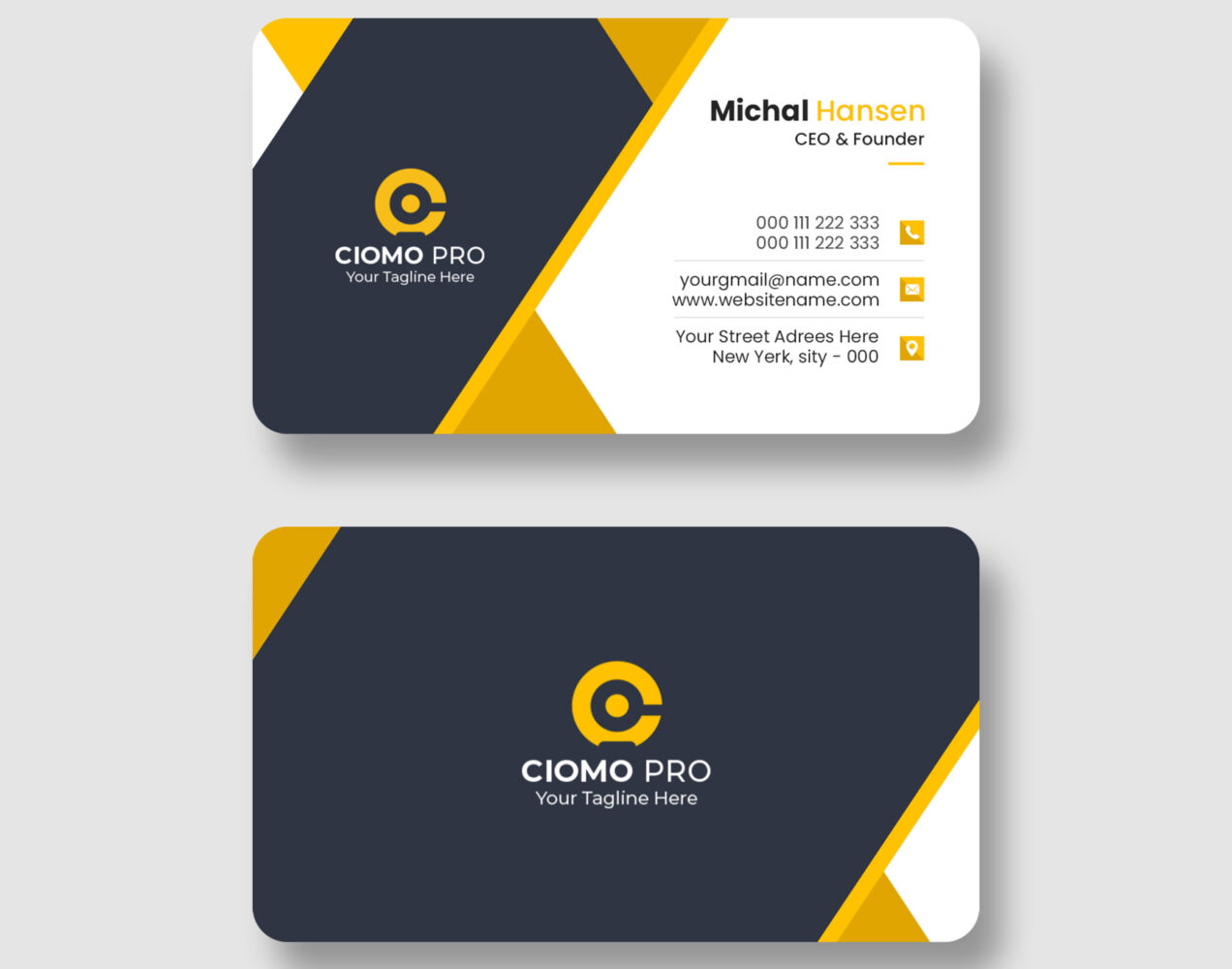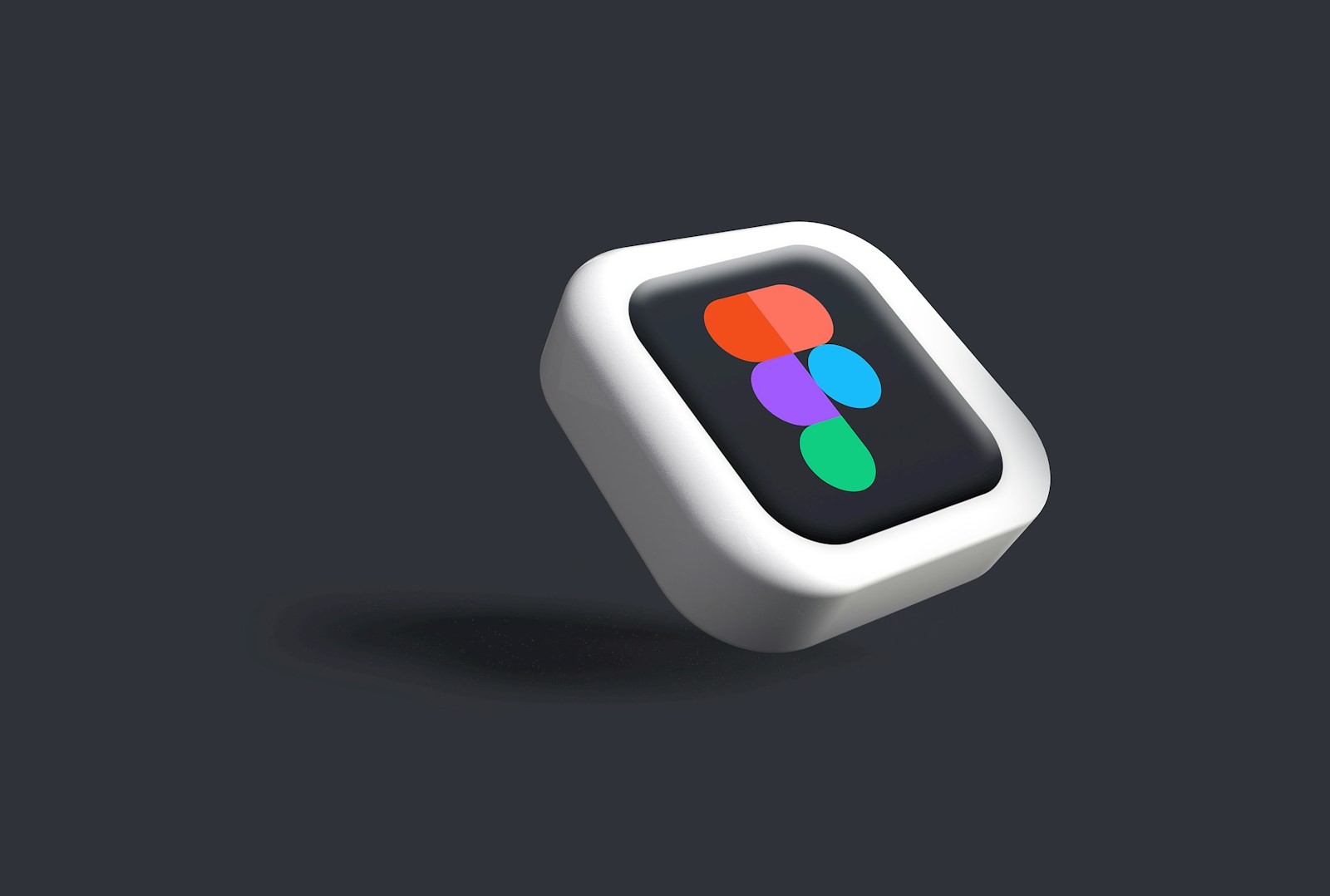Figma is a popular design tool that lets you create detailed website and app mockups collaboratively. If you’re a developer or freelancer, converting Figma designs into clean, responsive HTML and CSS is a vital skill that bridges the gap between design and development. In this guide, you’ll learn step-by-step how to turn your Figma designs into pixel-perfect web pages using HTML and CSS.
Step 1: Understand the Figma Design Structure
Before coding, spend time exploring the Figma file. Pay attention to:
- Layout grids and spacing
- Fonts, colors, and typography
- Components like buttons, forms, and icons
- Responsive behavior (if provided)
Use Figma’s Inspect panel to get exact CSS properties, measurements, and asset exports.
Step 2: Export Assets from Figma
Export images, SVG icons, and logos from Figma in web-friendly formats:
- Use SVG for icons and vector graphics to keep them sharp on all screen sizes
- Export JPEG or PNG for photos and complex images
- Make sure to optimize file sizes to improve page load speed
Step 3: Set Up Your HTML Structure
Start by creating a semantic HTML structure matching the design’s layout:
- Use header, nav, main, section, article, and footer tags appropriately
- Group related content with divs or sections for styling
- Keep the markup clean and easy to read
For example, create containers for the hero section, services, testimonials, and footer.
Step 4: Write CSS for Layout and Styling
Translate Figma styles into CSS rules:
- Use Flexbox or CSS Grid to replicate the layout and alignment
- Apply fonts, font sizes, colors, and spacing as per the design specs
- Use CSS variables for consistent colors and typography throughout the site
- Add hover and focus states for buttons and links
Consider mobile responsiveness by adding media queries based on the design’s breakpoints.
Step 5: Use Figma’s CSS Code Snippets
Figma’s Inspect tool provides CSS code snippets for selected elements. Use these as a reference for:
- Font families and weights
- Colors and gradients
- Padding, margins, and borders
- Shadow and opacity effects
While these snippets help, always clean and optimize the CSS for better maintainability.
Step 6: Integrate Fonts and Icons
If the design uses custom fonts (Google Fonts or Adobe Fonts), include them via <link> tags in your HTML head or import them in CSS.
For icons, use SVGs directly in HTML or embed icon fonts like Font Awesome if required.
Step 7: Test and Refine Your Webpage
Open your HTML page in a browser and compare it to the original Figma design. Check for:
- Pixel-perfect alignment and spacing
- Font rendering and colors
- Responsive behavior on different screen sizes
Adjust CSS styles and layout as needed until your page closely matches the design.
Step 8: Optimize for Performance and Accessibility
- Minimize CSS and compress images for faster loading
- Use semantic HTML for screen readers and SEO
- Ensure color contrast meets accessibility standards
- Add alt attributes for images and aria-labels for interactive elements
Final Thoughts
Converting Figma designs to HTML and CSS requires attention to detail and patience, but it’s a crucial skill for web developers. By following these steps, you can build websites that stay true to the original design and provide excellent user experiences.







